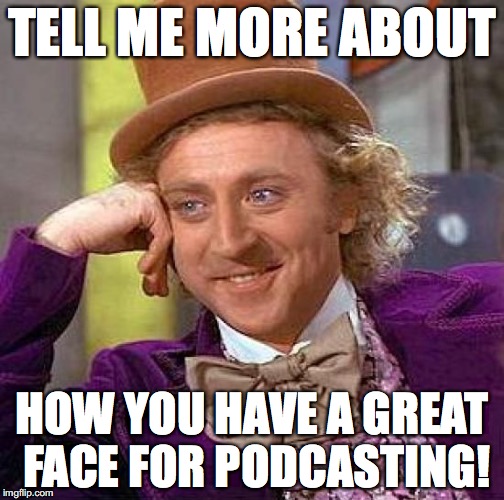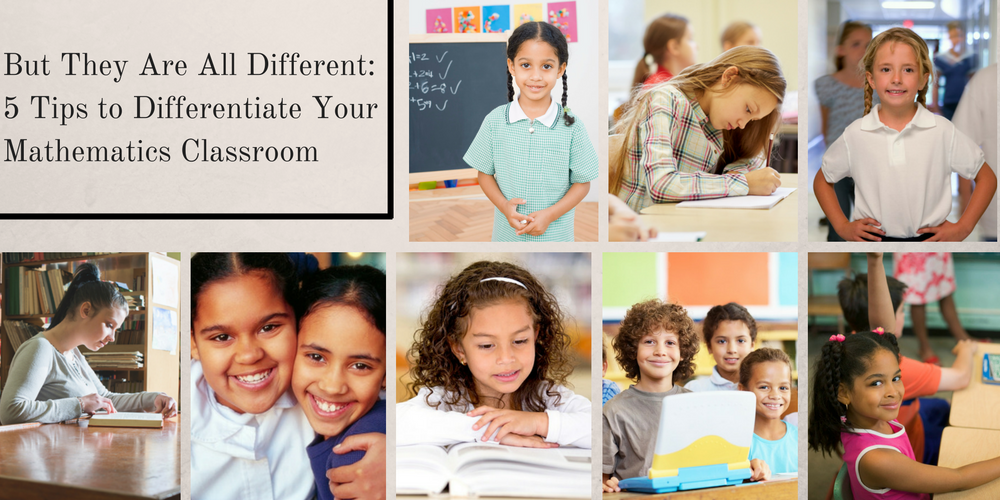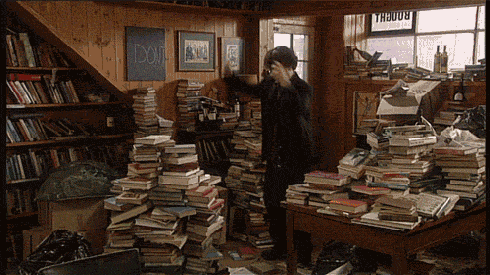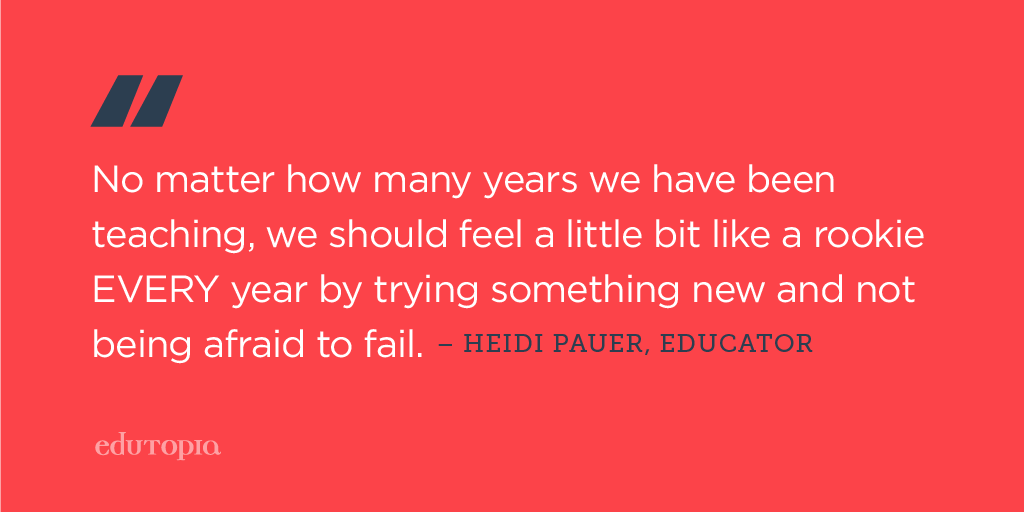
Another aspect to this semester that I will continue to use not only in my future classroom but life is the: Before, During, and After reading strategies. Ironically, I discovered that I actually utilized some of these strategies in my prior readings, I just never realized until this class. Strategies like "promote self-monitoring" that allow students to "clarify confusion only if they stop to notice when this happens.", which is essential during reading strategy (Daniels & Zemelman, 2004, p.281). I think it is important for students to become aware of this strategy as it will allow for less confusion and difficulty as they engage with a text. I've learned that teachers often rush a text, simply so they can get through the material. In turn, this forces students to rush and not fully grasp the content. If we, as teachers, really promote this self-monitoring strategy students will (hopefully) slow down and understand the text.
In addition to self-monitoring, I learned it is important to be able to retell what one just read. In my personal experience, I know I could read an entire chapter and not be able to tell you one thing I read. This lack of reading comprehension could very well be a reason why our students do not enjoy reading. However, if we promote self-monitoring and chose readings that engaged the students, a child's reading comprehension is a lot more likely to increase.
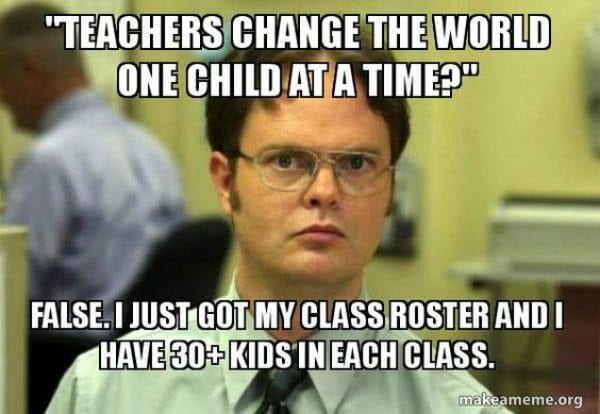 Unfortunately, there is this certain stigma around being a teacher and how "easy" it is to be one. If I've learned anything from this course, it is- teaching is anything but easy. We have to not only teach our content, but we have to incorporate/teach literacy strategies all while building a connection with each student. Though it might be a very tedious, time-consuming, and difficult position, it might also be the most rewarding job of them all (but I'm biased!).
Unfortunately, there is this certain stigma around being a teacher and how "easy" it is to be one. If I've learned anything from this course, it is- teaching is anything but easy. We have to not only teach our content, but we have to incorporate/teach literacy strategies all while building a connection with each student. Though it might be a very tedious, time-consuming, and difficult position, it might also be the most rewarding job of them all (but I'm biased!).
While this course has considerably challenged me mentally, I really would not have changed a thing, as I believe I'm a better teacher for it.
It's been real Nick, thanks for everything.
One last time- good night!
Word Count: 701
Count: 701

